Table of Contents
Spice seasoning is the unsung hero of any dish, transforming ordinary ingredients into something extraordinary. Whether you're a seasoned chef or just starting out in the kitchen, understanding how to use spice seasoning effectively can elevate your cooking from good to unforgettable.
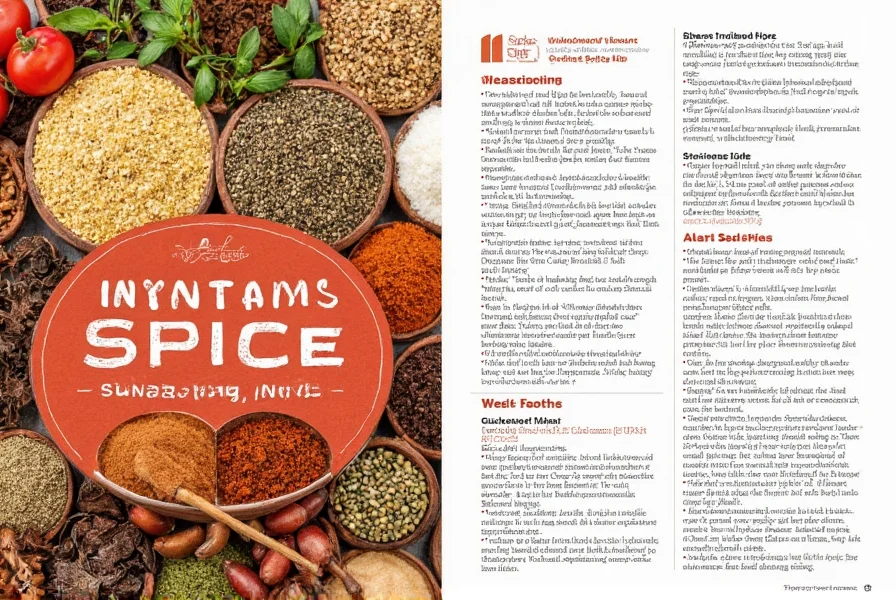
From the smoky depth of paprika to the fiery punch of cayenne pepper, each spice brings its own unique character to the plate. The right blend can make all the difference between a meal that's simply okay and one that leaves everyone asking for seconds.
Types of Spice Seasoning
There are countless types of spice seasonings available, each with its own flavor profile and culinary uses. Here are some of the most common ones:
- Cumin: Earthy and warm, perfect for Mexican and Indian dishes.
- Paprika: Adds color and a sweet, smoky flavor to grilled meats and stews.
- Oregano: A staple in Mediterranean cuisine, especially with tomatoes and pizza.
- Cinnamon: Often used in desserts but also adds warmth to savory dishes like curries.
- Cayenne Pepper: Adds heat without the bitterness of other chili powders.
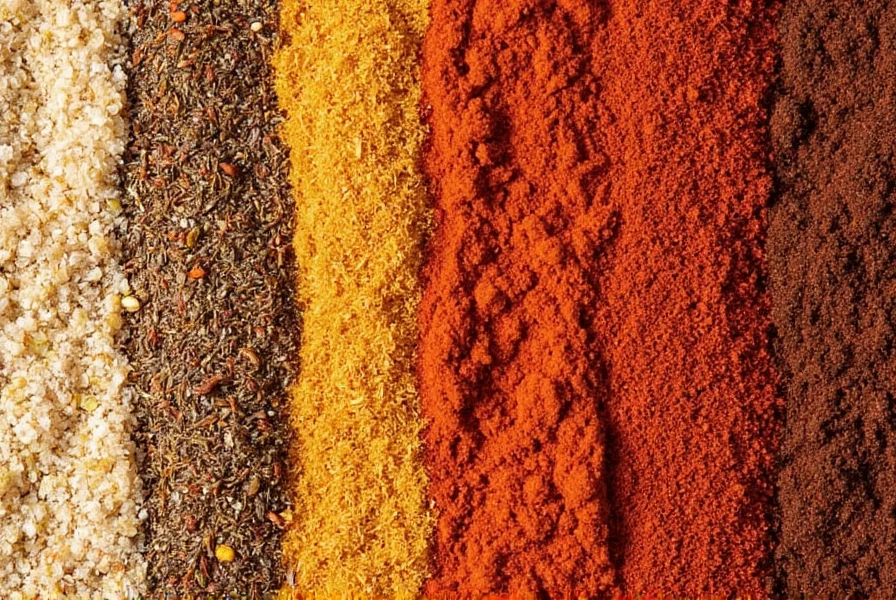
Each of these spices has a distinct personality, and knowing when to use them can help you create balanced and delicious meals.
Top 10 Practical Tips for Using Spice Seasoning
Whether you're a beginner or an experienced cook, here are ten tips to help you get the most out of your spice seasoning:
- Start Small: It's easier to add more spice than to fix an over-seasoned dish.
- Use Fresh Spices: Ground spices lose potency over time—always check the expiration date.
- Balance Flavors: Pair spicy with sweet, salty with sour, and so on to create harmony.
- Toast Whole Spices: This enhances their aroma and flavor, especially when using cumin or coriander.
- Make Your Own Blends: Customize your seasoning mix by combining different spices according to your taste.
- Use in Layers: Add spices at different stages of cooking to maximize their impact.
- Store Properly: Keep spices in airtight containers away from light and heat to preserve freshness.
- Experiment with Heat Levels: Adjust the amount of hot spices based on your personal preference.
- Pair with Herbs: Combining spices with fresh herbs like parsley or cilantro can enhance the overall flavor.
- Don't Be Afraid to Try New Things: Sometimes the best flavors come from unexpected combinations.

These tips will help you navigate the world of spice seasoning with confidence and creativity.
Buying Guide: Choosing the Right Spice Seasoning
When it comes to selecting the right spice seasoning, there are several factors to consider. Here's a detailed guide to help you make an informed choice:
Features to Look For
- Freshness: Look for packages with clear expiration dates and no signs of moisture or clumping.
- Origin: Some spices are known for their quality, such as Indian garam masala or Moroccan ras el hanout.
- Organic Certification: If you prefer organic products, look for certifications like USDA Organic or EU Organic.
- Flavor Profile: Choose a seasoning that matches the cuisine you're preparing or the flavor you want to achieve.

Advantages of Quality Spice Seasoning
High-quality spice seasoning offers several advantages:
- Enhanced Flavor: Better spices bring out more depth and complexity in your dishes.
- Consistency: Premium blends are usually more consistent in flavor and quality.
- Health Benefits: Many spices have health benefits, such as anti-inflammatory properties or digestive aid.
Use Cases and Target Audience
Spice seasoning is suitable for a wide range of people:
- Cooking Enthusiasts: Those who enjoy experimenting with new recipes and flavors.
- Home Chefs: People who want to elevate their everyday meals without spending too much time in the kitchen.
- Professional Chefs: Culinary experts who need reliable and high-quality ingredients for their dishes.
Spice seasoning is not only useful in daily cooking but also ideal for special occasions like dinner parties, holiday feasts, or family gatherings.
Comparing Popular Spice Seasonings
To help you choose the right seasoning for your needs, here's a comparison of some popular spice blends:
| Spice Seasoning | Key Ingredients | Flavor Profile | Best For |
|---|---|---|---|
| Cumin | Cumin seeds, coriander | Earthy, nutty, slightly smoky | Mexican, Indian, Middle Eastern dishes |
| Paprika | Dried peppers, garlic, oregano | Sweet, smoky, slightly spicy | Grilled meats, stews, soups |
| Garam Masala | Cinnamon, cardamom, cloves, cumin | Warm, aromatic, complex | Indian curries, rice dishes |
| Ras El Hanout | Multiple spices including cumin, cinnamon, turmeric | Rich, layered, slightly sweet | North African cuisine, tagines, roasted vegetables |
| Bouillon | Salt, dehydrated vegetables, herbs | Savory, umami-rich | Broths, soups, sauces |
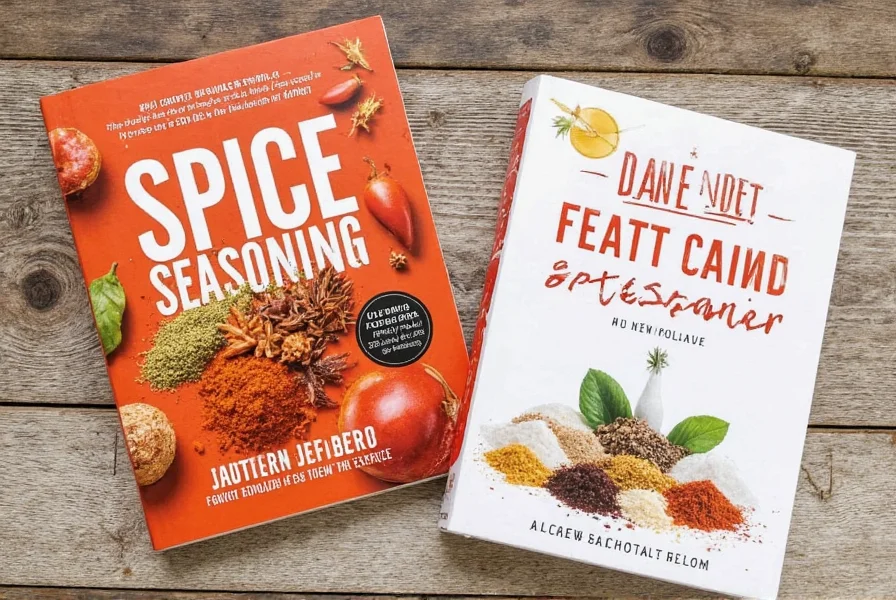
This table should give you a clearer idea of which seasoning fits your culinary goals.
Frequently Asked Questions About Spice Seasoning
How long do spice seasonings typically last before losing their potency?
Ground spices generally retain their best flavor for about 6-12 months, while whole spices can stay fresh for 1-2 years. You can test your spices by rubbing a small amount between your fingers and smelling them—if the aroma is weak or nonexistent, it's time to replace them. Store spices in airtight containers away from heat, light, and moisture to maximize their shelf life.
What's the difference between single spice seasonings and spice blends?
Single spice seasonings consist of one type of ground spice (like pure cumin or paprika), while spice blends combine multiple spices to create a specific flavor profile (like garam masala or ras el hanout). Single spices offer more control over individual flavor elements, while blends provide convenience and complex, balanced flavors that work well for specific cuisines.
Can I substitute dried herbs for spice seasonings in recipes?
While both add flavor, dried herbs and spice seasonings serve different purposes and aren't always interchangeable. As a general rule, use 1 teaspoon of dried herbs for every tablespoon of fresh herbs, but spice substitutions require more care. For example, you can't directly substitute dried oregano for cumin—the flavors are too different. When substituting, consider the flavor profile you're trying to achieve rather than just the measurement.
How can I tell if my spice seasoning has gone bad?
Signs your spice seasoning has gone bad include: loss of vibrant color, weak or nonexistent aroma, clumping (especially in spice blends that contain salt), and a stale or musty smell. While spices rarely spoil in a way that makes food unsafe, they lose their flavor potency over time. If your spices don't smell strongly when you open the container, they've likely lost much of their flavor.
What are the most versatile spice seasonings for beginners to have in their pantry?
For beginners, the most versatile spice seasonings include: salt (a flavor enhancer), black pepper (adds complexity), cumin (earthy depth for many cuisines), paprika (adds color and mild flavor), garlic powder (savory base note), and dried oregano (herbal notes for Mediterranean dishes). These six seasonings can cover a wide range of cooking needs while you expand your collection.
Why should I toast whole spices before grinding them?
Toast whole spices in a dry pan over medium heat for 1-2 minutes until fragrant before grinding. This process releases essential oils, intensifies flavors, and creates more complex aromas. Be careful not to burn them—spices can go from toasted to burnt quickly. After toasting, let them cool completely before grinding for the best flavor retention.
What's the proper way to measure spice seasonings for cooking?
Use proper measuring spoons (not tableware) for accuracy. For best results, spoon spices into the measuring spoon rather than dipping the spoon into the container (this prevents moisture and contamination). Level off with the straight edge of a knife for precise measurements. Remember that "a pinch" equals about 1/16 teaspoon, "a dash" is approximately 1/8 teaspoon, and "a smidgen" is about 1/32 teaspoon.
How do professional chefs layer spices throughout the cooking process?
Professional chefs often use a technique called "layering" where they add spices at different stages: some at the beginning with aromatics (like onions and garlic) to build foundation flavors, some midway through cooking to develop complexity, and some at the end to provide bright, fresh notes. For example, in a curry, they might toast whole spices at the beginning, add ground spices midway, and finish with fresh herbs and a small amount of ground spice for aroma.
Conclusion
Spice seasoning is more than just a flavor enhancer—it's a powerful tool that can transform your cooking experience. Whether you're looking to experiment with new flavors or simply want to improve your everyday meals, understanding how to use and choose the right seasoning is essential.
Remember, the key to mastering spice seasoning lies in practice, patience, and a willingness to explore. So, go ahead and play with your spices—your taste buds will thank you!
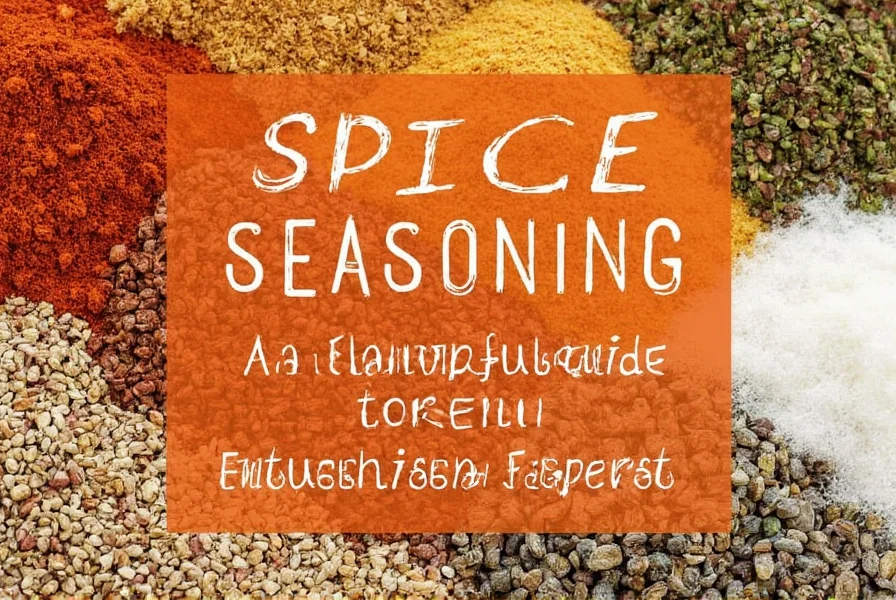
Spice seasoning isn't just about making food taste good—it's about creating memories, sharing stories, and bringing people together around the table. With the right seasoning, every meal becomes an opportunity for flavor, fun, and connection.

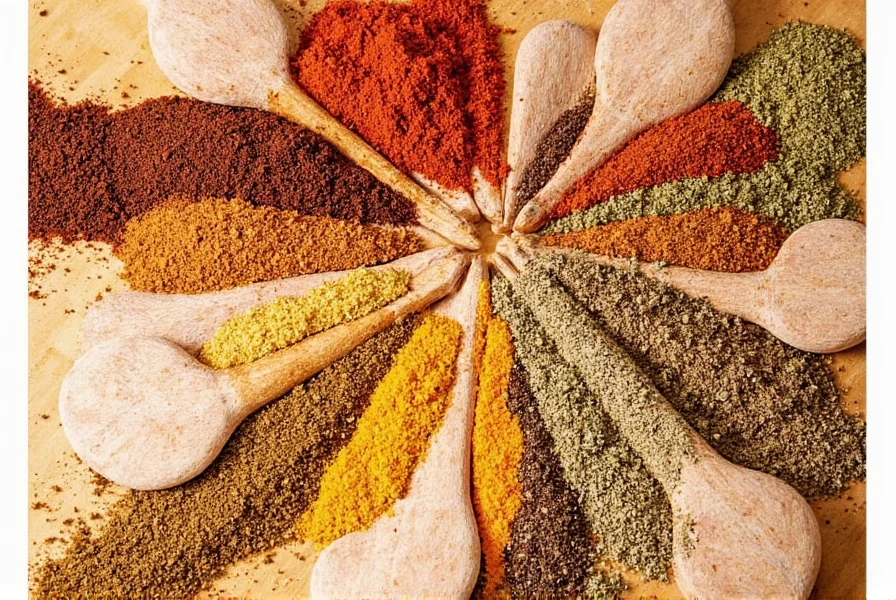









 浙公网安备
33010002000092号
浙公网安备
33010002000092号 浙B2-20120091-4
浙B2-20120091-4